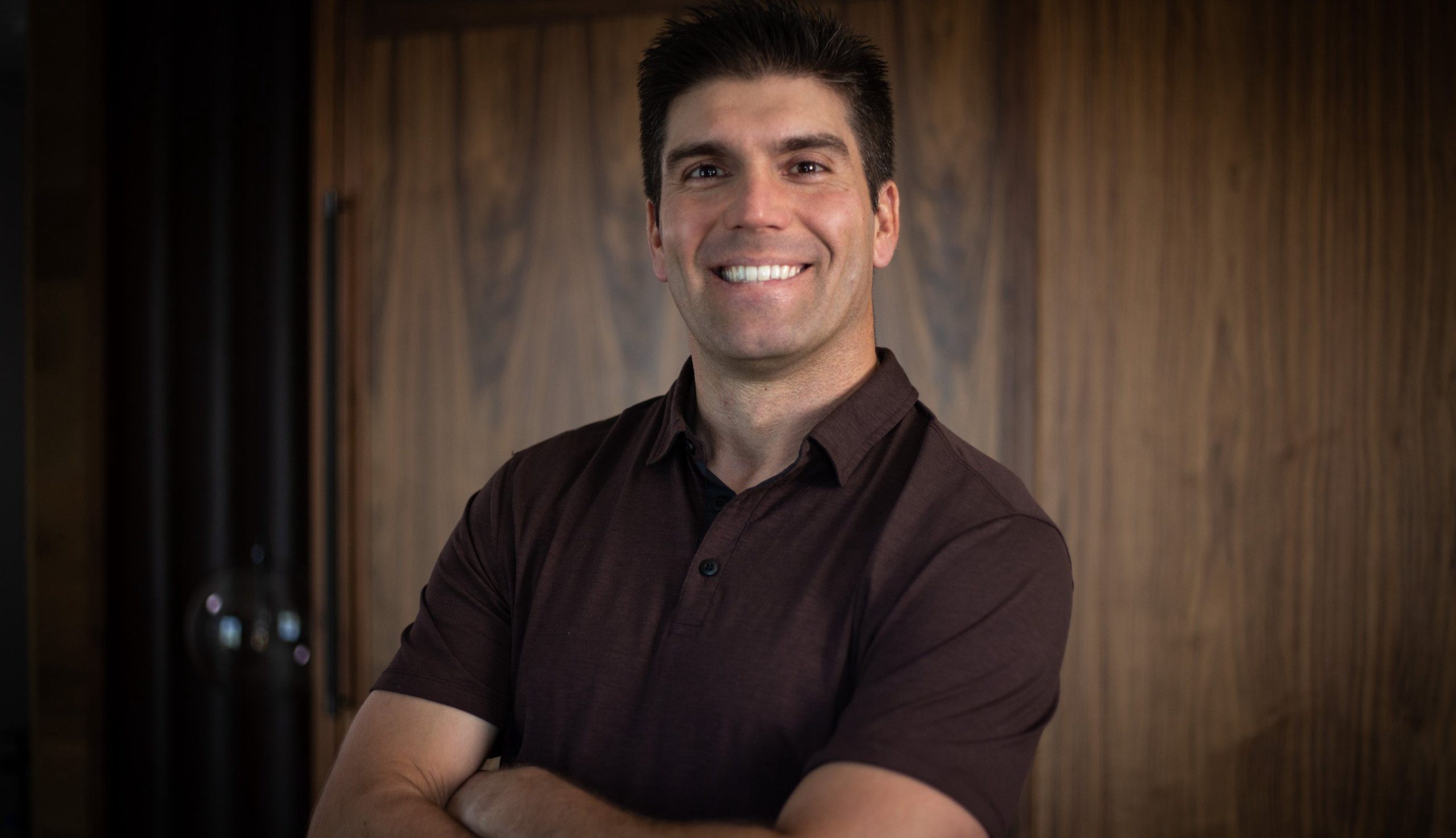Or listen on your favorite podcast app
Apple Podcasts / Google Podcasts / Spotify
In a 1930’s short story titled Pygmalion’s Spectacles, sci-fi author Stanley G. Weinbaum describes a pair of goggles that would allow the wearer to experience a fictional world through holographics.
Weinbaum’s story was the first comprehensive description of a technology that transports its user to a new, artificial, and ‘virtual’ reality. Today, virtual reality headsets, goggles, glasses, and contact lenses are all technologies that are no longer ideas but have become an inevitable evolution in entertainment and the private sector.
Derek Belch, CEO and Co-founder of Strivr, is one technologist that is working to close the gap between the real world and the virtual one. A former kicker for the Stanford football team and a gridiron savant, Derek’s life was ingrained with the regimented lifestyle that comes with being a college athlete. But while roaming the grounds of campus, he discovered virtual reality and the role that it could play in not only improving an athlete’s performance but their ability to mentally prepare for the game.
With that realization, the idea for Strivr, a VR training solution, was born. More than content thrust inside a headset, Strivr’s immersive learning provides realistic, high-impact experiences to improve training time, workplace safety, and knowledge retention.
Born of the mindset that a virtual world could not only improve an athlete’s ability, but also provide valuable insights through data, Strivr works with more than 20 NFL and NCAA franchises, but the platform has extended beyond professional sports and now into the private sector.
Derek joined Chad on this episode of Hidden in Plain Sight to share what motivated him to make the tough decision to leave football to embark on a grander mission. Derek also talks about how Strivr is setting the standard when it comes to immersive learning, why allowing employees to learn by doing, rather than watching, is changing the workplace, and how this technology is in the process of changing the future of work.



